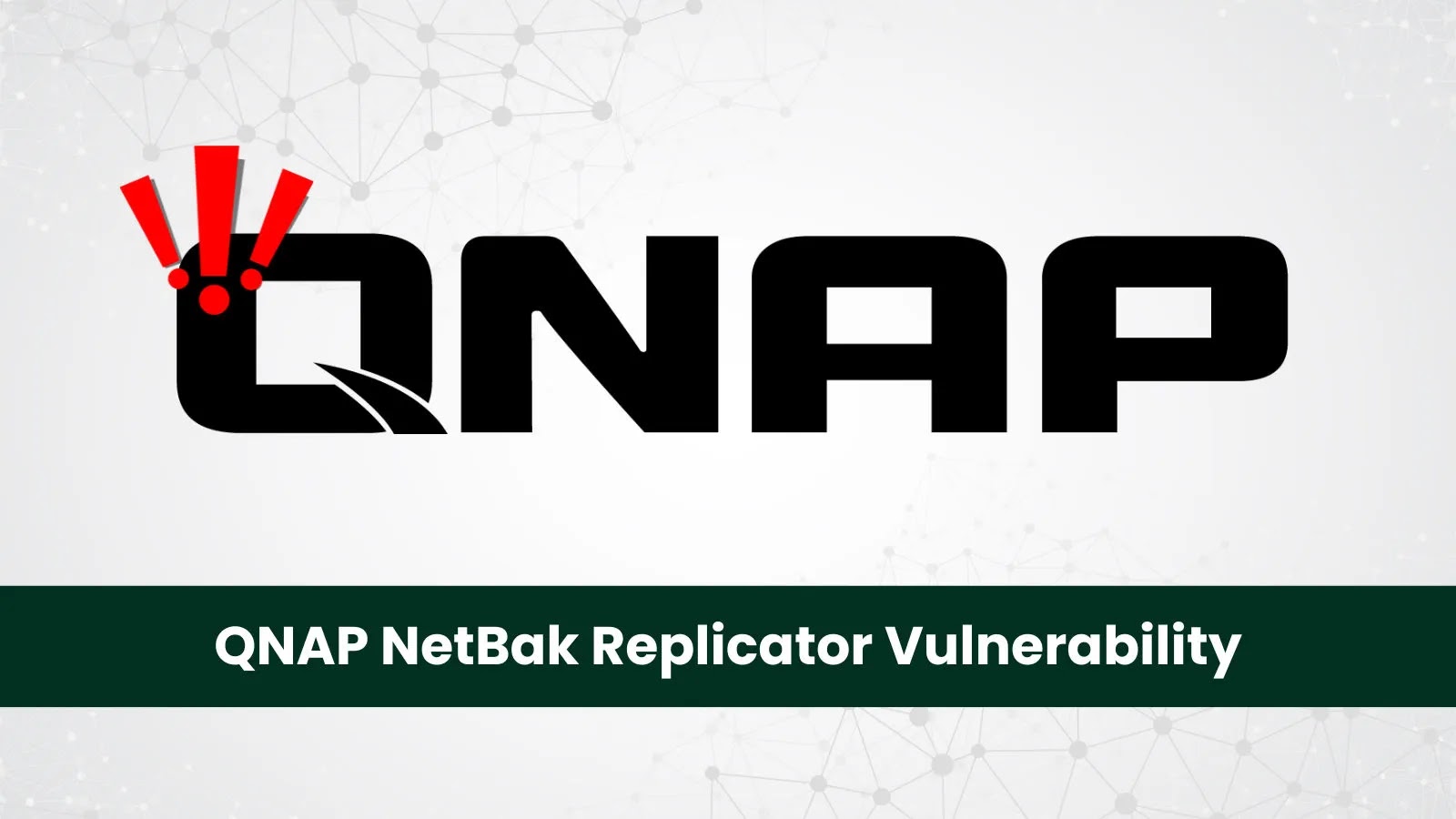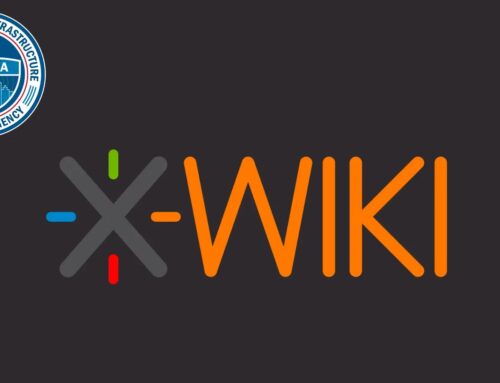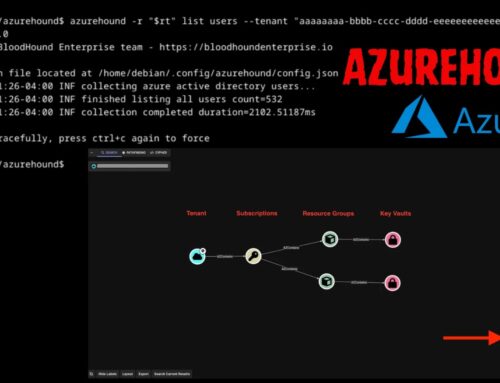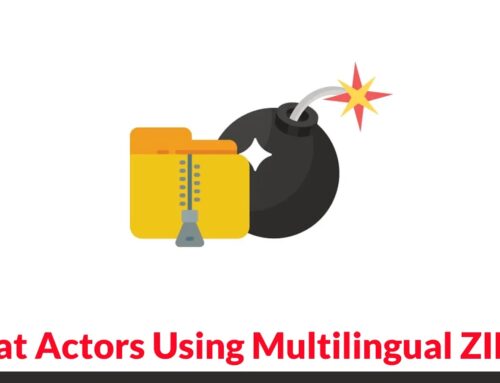
QNAP NetBak Replicator Vulnerability Let Attackers Execute Unauthorized Code
Urgent QNAP Alert: NetBak Replicator Vulnerability Allows Code Execution
In the intricate landscape of network-attached storage (NAS) devices, security is paramount. A recent disclosure from QNAP highlights a critical vulnerability within its widely used NetBak Replicator utility, posing a significant risk of unauthorized code execution. For organizations and individuals relying on QNAP devices for data backup and restoration, understanding and promptly addressing this flaw is not merely advisable but essential for maintaining data integrity and system security.
This technical deep dive will unpack the specifics of CVE-2025-57714, its implications, and the immediate steps users must take to mitigate potential threats. Our analysis is based on the official security advisory and aims to provide actionable insights for IT professionals and security analysts.
Understanding CVE-2025-57714: The NetBak Replicator Flaw
QNAP’s NetBak Replicator is a client-side utility designed to facilitate data backup from Windows PCs to QNAP NAS devices. The identified vulnerability, tracked as CVE-2025-57714, is rated as “Important” by QNAP, signaling a noteworthy security concern. The core issue lies in the utility’s susceptibility to local attackers, who could leverage this flaw to execute arbitrary code without proper authorization.
While specific technical details regarding the exploit mechanism are often withheld to prevent further abuse, the categorization of this as a local attacker vulnerability suggests that an adversary would likely need prior access to the system where NetBak Replicator is installed. This could be achieved through social engineering, exploitation of other vulnerabilities, or physical access. Once present, the attacker could exploit CVE-2025-57714 to escalate privileges or perform malicious actions, impacting the integrity and confidentiality of data handled by the NetBak Replicator software.
Affected Versions and Severity
The vulnerability impacts specific versions of the QNAP NetBak Replicator software. QNAP has explicitly stated that users running these versions are at risk:
- NetBak Replicator versions prior to 5.0.0.1104
The “Important” severity rating underscores the potential for significant impact, ranging from data corruption and unauthorized access to complete system compromise if exploited effectively. Given the role of NetBak Replicator in handling critical backup data, any compromise could have severe consequences for business continuity and disaster recovery efforts.
Remediation Actions: Patching is Paramount
QNAP has promptly released a security patch to address CVE-2025-57714. The most critical remediation action for all users of NetBak Replicator is to update to the latest patched version immediately.
- Update NetBak Replicator: Users should upgrade their NetBak Replicator software to version 5.0.0.1104 or later. This update contains the necessary fixes to close the vulnerability.
- Verify Installation: After updating, it is crucial to verify that the new version has been successfully installed and is operational.
- Principle of Least Privilege: Ensure that NetBak Replicator, like all applications, operates with the fewest possible privileges required for its function. This minimizes the potential impact if a vulnerability is exploited.
- Endpoint Security: Maintain robust endpoint detection and response (EDR) solutions on all Windows machines where NetBak Replicator is installed to detect and prevent unauthorized activity.
- Regular Backups: Continue to adhere to a strong backup strategy, ensuring that multiple copies of critical data are stored, including off-site and immutable backups, to safeguard against potential data loss from any security incident.
Security Tools for Detection and Mitigation
While direct detection tools for this specific vulnerability might not be publicly available, general security practices and tools are crucial for a robust defense.
| Tool Name | Purpose | Link |
|---|---|---|
| Endpoint Detection and Response (EDR) Solutions | Detect and respond to malicious activities on endpoints, including suspicious process execution or privilege escalation attempts. | (Vendor specific, e.g., CrowdStrike, SentinelOne, Microsoft Defender for Endpoint) |
| Vulnerability Scanners (e.g., Nessus, OpenVAS) | Identify outdated software versions and missing patches on Windows systems where NetBak Replicator is installed. | Nessus |
| Firewall and Network Monitoring | Monitor outbound connections and unusual network behavior from compromised endpoints. | (Commercial and Open Source Solutions) |
| Software Inventory Tools | Maintain an accurate inventory of all installed software and their versions to quickly identify affected systems. | (Vendor specific, e.g., SCCM, PDQ Inventory) |
Conclusion
The QNAP NetBak Replicator vulnerability (CVE-2025-57714) presents a tangible threat to QNAP users. The ability for a local attacker to execute arbitrary code underscores the importance of a proactive security posture. Immediate patching of the NetBak Replicator utility to version 5.0.0.1104 or later is the most effective defense. Beyond patching, integrating comprehensive endpoint security, maintaining strict access controls, and adhering to robust backup strategies will collectively bolster an organization’s resilience against such threats and ensure the long-term security of critical data.





